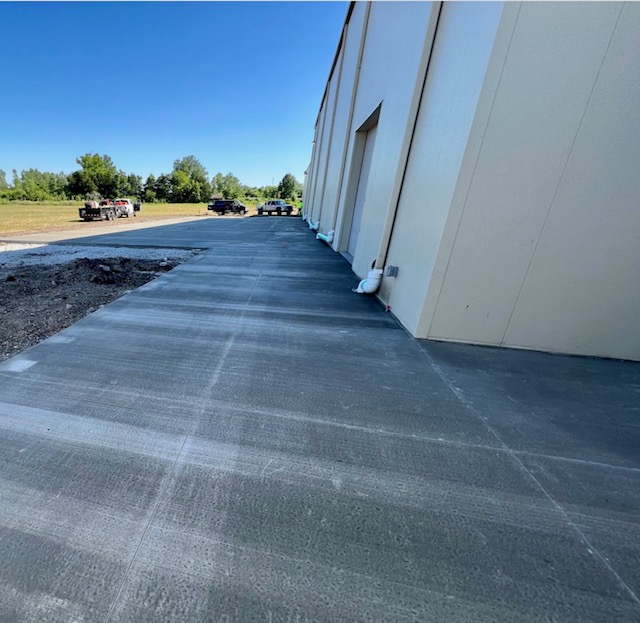Driveways
Driveway Installation, KC; Types of Joints
By burtons-construction | 02/09/2023
Driveway Installation, KC; Two Types of Control Joints
There are two types of joints when completing a driveway installation. KC contractors advise cutting joints in concrete drives. When concrete cracks, the control joint will help keep the cracking contained instead of spreading. The joints allow concrete to expand or move to control breakage. We recommend one of two types of joints for your driveway installation.

Hand-tooled Joints
During placement, the crew cuts hand-tooled joints into concrete. There is a picture frame edge when cut with hand-tooled joints.
“Contraction joints may be tooled into the concrete surface at the time of placement. Joints may be tooled into the surface (first pass) prior to the onset of bleeding or immediately with the first pass of the floating operation.” PCA America’s Cement Manufacture

Saw-Cut Joints
The construction crew cuts saw-cut joints with an electric, gas, or battery powered saw that is either handheld or walk behind. However, there is not a “picture frame” edge around the saw-cut joint.
According to NRCA (National Ready Mix Concrete Association), “Conventional saw-cut joints should be run within 4 to 12 hours after the concrete has been finished.” If cut too early, you run the risk of raveling the edges, so depending on your weather, 24 hours is sometimes necessary to wait.

Depths of Joints
Whether hand-tooled or saw-cut, your concrete contractor cuts joints ¼” for each inch of slab thickness. For example, with a 4” thick driveway installation, KC contractors cut a 1” deep joint. These joints allow concrete to shrink or expand with weather conditions.
If you want to learn more about control joints please contact us.
For a free estimate please complete the form below.
-Liz Burton, Office Manager/Burton’s Construction & Collette Erickson, Marketing Developer/Burton’s Construction
